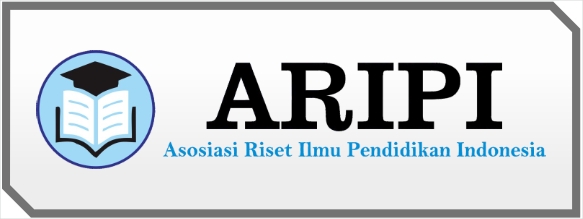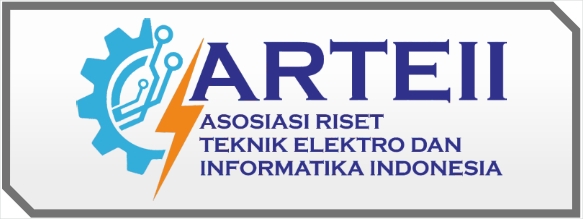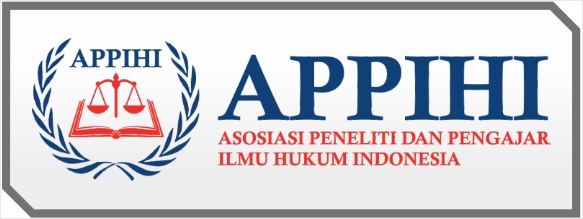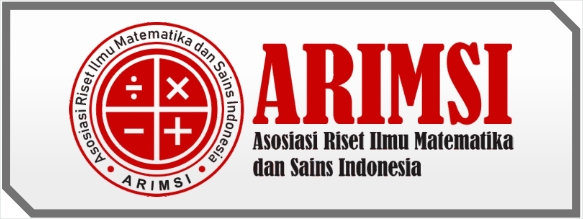Analisis Kinerja Simpang Tak Bersinyal Dengan Metode PKJI 2014
DOI:
https://doi.org/10.59581/jmk-widyakarya.v1i3.603Keywords:
Intersections, Traffic Jam, Traffic Volume, Intersections Capacity, Degree of Saturation, Service Level, PKJI 2014. SurabayaAbstract
The city of Surabaya is one of the cities in Indonesia, the second largest in Indonesia after the city of Jakarta. The city of Surabaya is said to be a metropolitan city that has experienced quite serious problems in traffic, namely congestion. As happened at the Simpang Jl. Raya Mastrip and Jl. Jemb. Along Baru, which is an intersection with type 322, has 3 arms. Geometric Intersection Jl. Raya Mastrip and Jl. Jemb. Along Baru it can be seen that the road width is 7 meters with 2 lanes with a lane width of 3.5 meters each without a road median. The method used in this study is to use the Indonesian Road Capacity Guidelines (PKJI). The results of calculating the volume of traffic flow at the Intersection of Jalan Raya Mastrip and Jalan Jemb. Throughout New. Obtained on Friday 9 April 2021 with peak conditions at 08.00 - 09.00 obtained qTOT = 14128 kend/hour and 4883 cur/hour. The value of Intersection Capacity (C) obtained a value of = 2593 cur/hour. Obtained delay of = 21 sec/cur value Dj = 1.9. From the results of the calculation of the degree of saturation (Dj), the results of the calculation of the lower limit and upper limit of the Queue Opportunity are obtained by PA = 33% - 77%. Based on the characteristics of the Level Of Services (LOS) or commonly called the service level, the value obtained is Dj = 1.9, the service level is D.
References
Badan Pusat Statistik Kota Surabaya. 2019. Banyaknya Penduduk dan Kepala Keluarga (KK) Menurut Kecamatan Dikota Surabaya. BPS Kota Surabaya.
Badan Pusat Statistik Kota Surabaya. 2020. Proyeksi Jumlah Penduduk Surabayan. BPS Kota Surabaya.
Departemen Perhubungan. 2009. Undang-Undang Nomor 22 Tahun 2009 Tentang Lalu Lintas dan Angkutan Jalan. Jakarta.
Departemen Pekerjaan Umum. 2014. Pedoman Kapasitas Jalan Indonesia (PKJI). Direktorat Jenderal Bina Marga.
Fadhin Muzamil 2007.Simpang tak Bersinyal pada Jalan H. Samarhudi - Gub. Suryo - Sindujoyo. Universitas 17 Agustus 1945 Surabaya.
Peraturan Menteri Pekerjaan Umum No. 19/PRT/M/2011. Tentang Persyaratan Teknis Jalan Dan Kriteria Perencanaan Teknis Jalan. 15 Desember 2011. Berita Negara Republik Indonesia Tahun 2011 Nomor 900. Jakarta.
Sigit Nugroho Dan Titis Dwi 2006.Simpang tak bersinyal pada Jalan Basuki Rahmat - S.Parman - Sri Rejeki I - Sri Rejeki II. Universitas 17 Agustus 1945 Surabaya.
Sukirman S. 1994. Dasar-Dasar Perencanaan Geometrik Jalan Raya. Nova, Bandung
Tamin Ofyar Z. 2000. Perencanaan dan Pemodelan Transportasi,Edisi kedua, Jurusan Teknil Sipil, Institut Teknologi Bandung
Wells G. R.,“Rekayasa Lalu Lintas”, Penerbit BHRATARA 1993
Wikrama, J. A. A. N. . (2011). Analisis Kinerja Simpang Bersinyal (Studi Kasus Jalan Teuku Umar Barat –Jalan Gunung Salak). Jurnal Ilmiah Teknik Sipil. Denpasar.
















